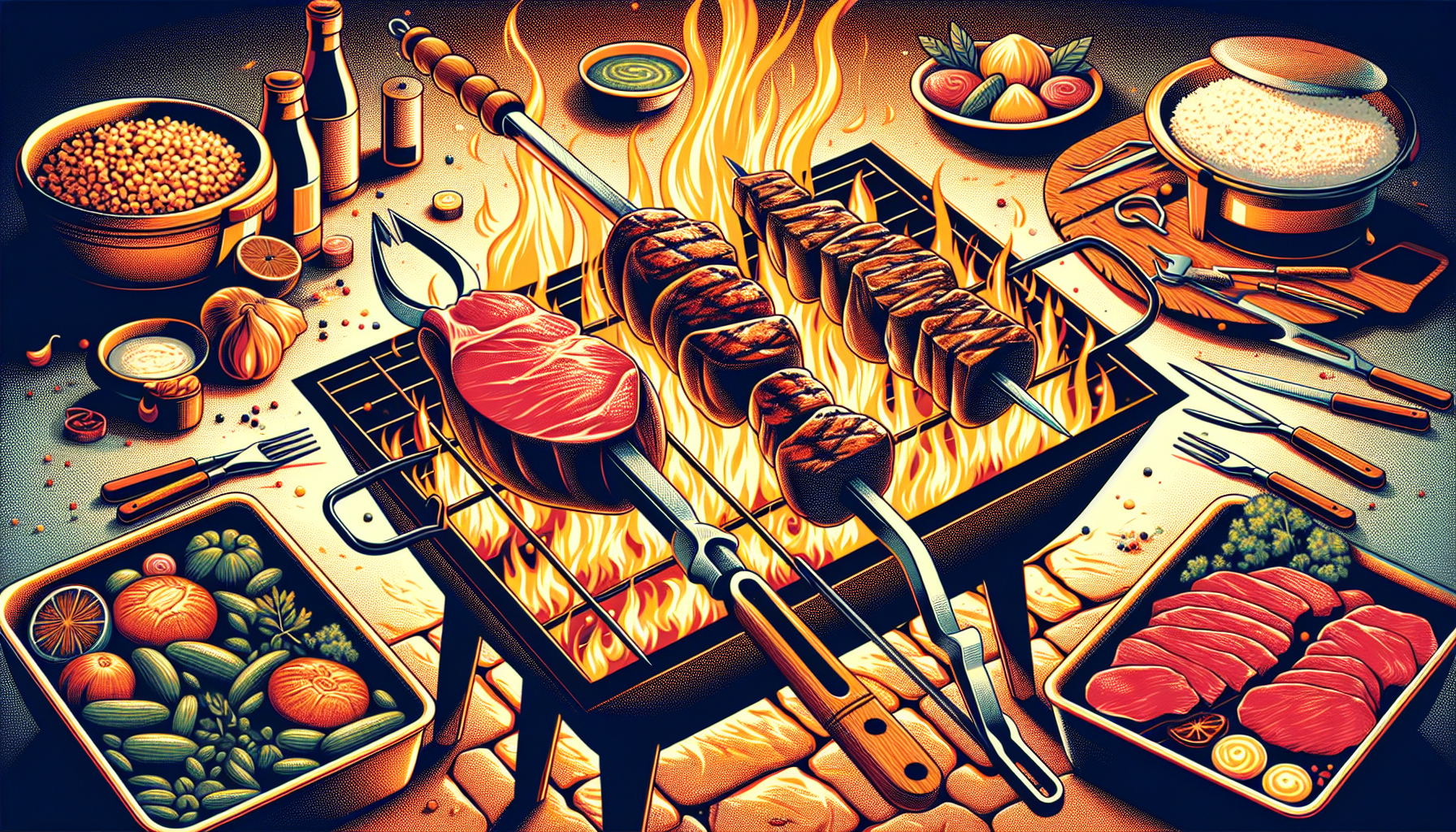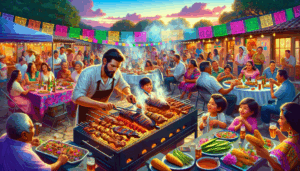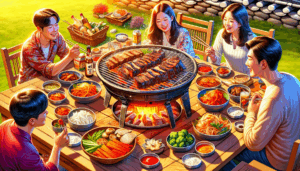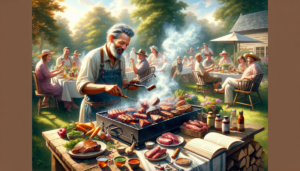Exploring the Art of Churrasco: Essential Cuts and Techniques
Brazilian barbecue, or churrasco, is celebrated for its array of flavorful meats and distinctive cooking methods. In this guide, we explore three of the most cherished cuts used in churrasco: picanha, fraldinha, and maminha. Each requires a unique cooking approach to unlock its full potential.
Picanha: The Star of Churrasco
The picanha, or sirloin cap, is perhaps the most iconic cut in Brazilian churrasco. Renowned for its rich flavor and tender texture, it is traditionally cooked on skewers over open flames. The secret to its mouthwatering taste lies in its fat cap, which faces upwards during cooking. This technique allows the fat to render and baste the meat, keeping it succulent. For optimal results, picanha is best cooked to medium-rare or medium, reaching an internal temperature of 130-140°F (54-60°C).
Fraldinha: A Flavorful Challenge
Fraldinha, known in English as flank steak, offers a robust taste but can be slightly tougher than other cuts. To perfect this cut, churrasco experts recommend grilling it over medium-high heat. This ensures a beautiful browning on the outside while keeping the inside juicy. The ideal internal temperature for fraldinha is around 135°F (57°C) for medium-rare, preserving its flavor and tenderness.
Maminha: A Lean Triumph
Maminha, or tri-tip, is a lean cut that requires finesse to avoid drying out. Cooking it over medium heat allows for even doneness throughout. To achieve a juicy maminha, aim for an internal temperature of 130-135°F (54-57°C), achieving a medium-rare finish that preserves both flavor and tenderness.
Understanding Meat Composition
Each cut has unique characteristics that dictate their optimal cooking methods:
- Fat content: Cuts like picanha can handle higher temperatures due to their fat, which keeps the meat moist as it cooks.
- Muscle fiber structure: Cuts with more connective tissue, such as fraldinha, benefit from lower temperatures, allowing fibers to tenderize without overcooking.
- Thickness: Thicker cuts require lower cooking temperatures for even doneness, while thinner cuts cook faster at higher temperatures.
- Desired doneness: Achieving medium-rare or medium doneness is standard in churrasco, as it maintains tenderness and flavor.
Mastering these elements allows Brazilian BBQ enthusiasts to adapt their grilling techniques, creating an authentic churrasco experience with each cut.
Conclusion
Embark on a culinary journey by exploring these techniques and cuts at your next barbecue. Perfect your churrasco and wow your guests with every bite. Start a conversation with us in the comments below and share your favorite grilling tips!
Sources
There are no external sources for this article as the content is based on generalized methods and knowledge of Brazilian BBQ techniques.





